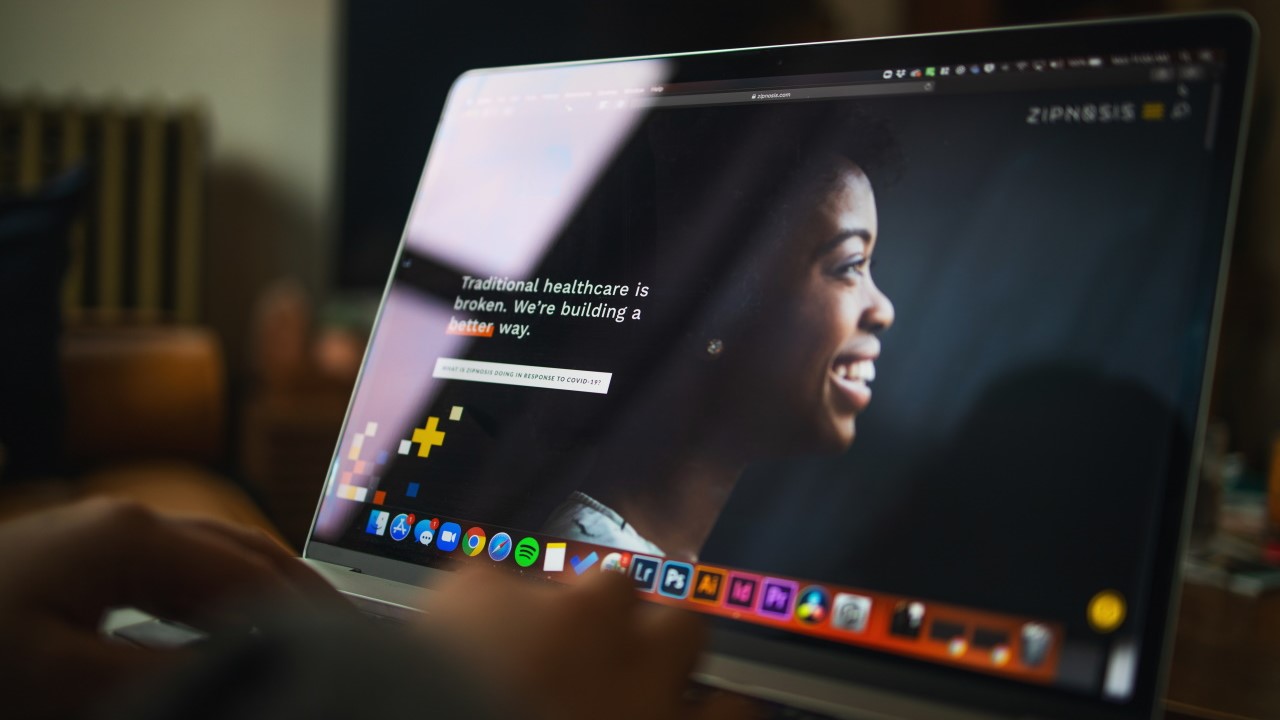Zipnosis, is Minneapolis, Minnesota based, and is a provider for telemedicine tools. While some telemedicine providers focus on serving consumers directly, and others provide their service to larger insurers, Zipnosis targets larger enterprises, giving them a way to provide their services to patients, and increase revenue.
Zipnosis foregoes signing up a single practice at a time, and goes after ‘Bigger fish’ as this company has partnered with the American Academy of Family Practitioners (AAFP) to provide this platform to its members of 100k strong, and the Methodist Family Health Centers, a Texas based network of outpatient facilities.
Features
With the recent explosion of telehealth, in some ways it is getting harder to stand out from the pack. It claims to be the highest capacity telemedicine provider in the country. Unlike some other platforms, it offers a flexible platform that can encompass four different modes of care: telephone, video, chat and intelligent interviews. What is even more impressive is that a patient can switch between these different modes of care- during the same visit- so whatever modality that is needed can be switched to.
Patients are responding favorably to this approach. For example, the vast majority of them, in fact 89%, after using the Zipnosis platform for a healthcare need “Would recommend virtual care to a friend.” After all, it is certainly convenient to be able to access healthcare on demand, whenever it is needed and with a minimal wait, right from your smartphone or other device.
One of the downsides of medicine has been paperwork, and the implementation of the EHR over the last decade has only added to that burden, turning clinicians into data entry personnel. With physicians looking to use their time more effectively, an efficient telehealth platform has easy advantages, and ultimately can allow the clinician to increase their productivity. Zipnosis indicates that the average clinical work time on its platform is a mere 1 minute and 29 seconds. It can do this by collecting the symptoms from the patient, and entering them into the documentation so that the burdensome task of data entry is not all shouldered by the clinician.
Another criticism of telehealth is that it can be difficult to order further testing, which has some visits ending with a referral for further care. With Zipnosis, it incorporates ZipTicket, which can allow the clinician to order testing from within the platform, giving the patient a “Boarding pass.” Then the patient chooses a testing location, the designated lab gets notified, and the patient arrives with the testing all setup. This streamlined process with ZipTicket can be used for common tests including flu tests, strep throat, and more recently, even for the diagnosis of COVID-19.
Drawbacks
Zipnosis does not have any smartphone apps. This is unfortunately true on both the patient and the provider side of things. Zipnosis rather is designed to run in a browser, and supposedly this includes any and all browsers, which would encompass mobile devices, such as a smartphone or tablet.
Some of the Zipnosis health system partners do see the need for an app, and have integrated Zipnosis into it (we can hypothesize that this mobile app may mostly just sign into the website, and provide login credentials). In other cases, Zipnosis gets integrated into a patient portal for ease of use. Particularly with Millenials that value convenience, and grew up with smartphones, they need an app for ease of use, and will not put up with the ‘First World Problem’ of entering a website into a mobile browser. At least Zipnosis does provide a single sign-on capability for seamless integration and continuity between the different platforms.

Support
Support for Zipnosis is available throughout the week, although not quite 24/7. The hours for support, available both to providers and patients is on weekdays, from Monday to Friday 6AM to 10PM. The weekends have the available hours at 8 AM to 8 PM. Messages are taken outside of these hours that get dealt with the next day.
There are also tickets that can be created. Reportedly these get looked at outside of the above support hours for urgent issues, that can be directed to the on call technical support specialist.
Onboarding support is provided from Zipnosis, and it includes under an hour of training for new users. For ongoing training, Zipnosis provides quarterly customer webinars, along with email communications.
Pricing
Pricing for Zipnosis is quite opaque, although the reason offered is that it does not have individual plans that would be for a small practice or individual provider. Rather, the company does offer its service to large health systems. In terms of what Zipnosis charges these companies, according to Anne Sandell in media relations at the company the answer received is “Pricing is based on the size and unique needs of a health system,” which would indicate that different contracts get negotiated for each system.
Final verdict
Zipnosis is a strong entry into the telehealth enterprise market. The highlights include the flexible platform with a variety of methods for patient interaction, the streamlining of documentation for clinicians, and the available support that is available every day of the week. The low points include the totally opaque pricing, the limited availability for only the enterprise market, the lack of mobile apps that appeal to younger patients and that support is not directly available 24/7. Overall, we can see why Zipnosis, with such a robust platform, has enjoyed such success.
- We've also highlighted the best telemedicine software
from TechRadar: Technology reviews https://ift.tt/2VPyQzO
No comments:
Post a Comment